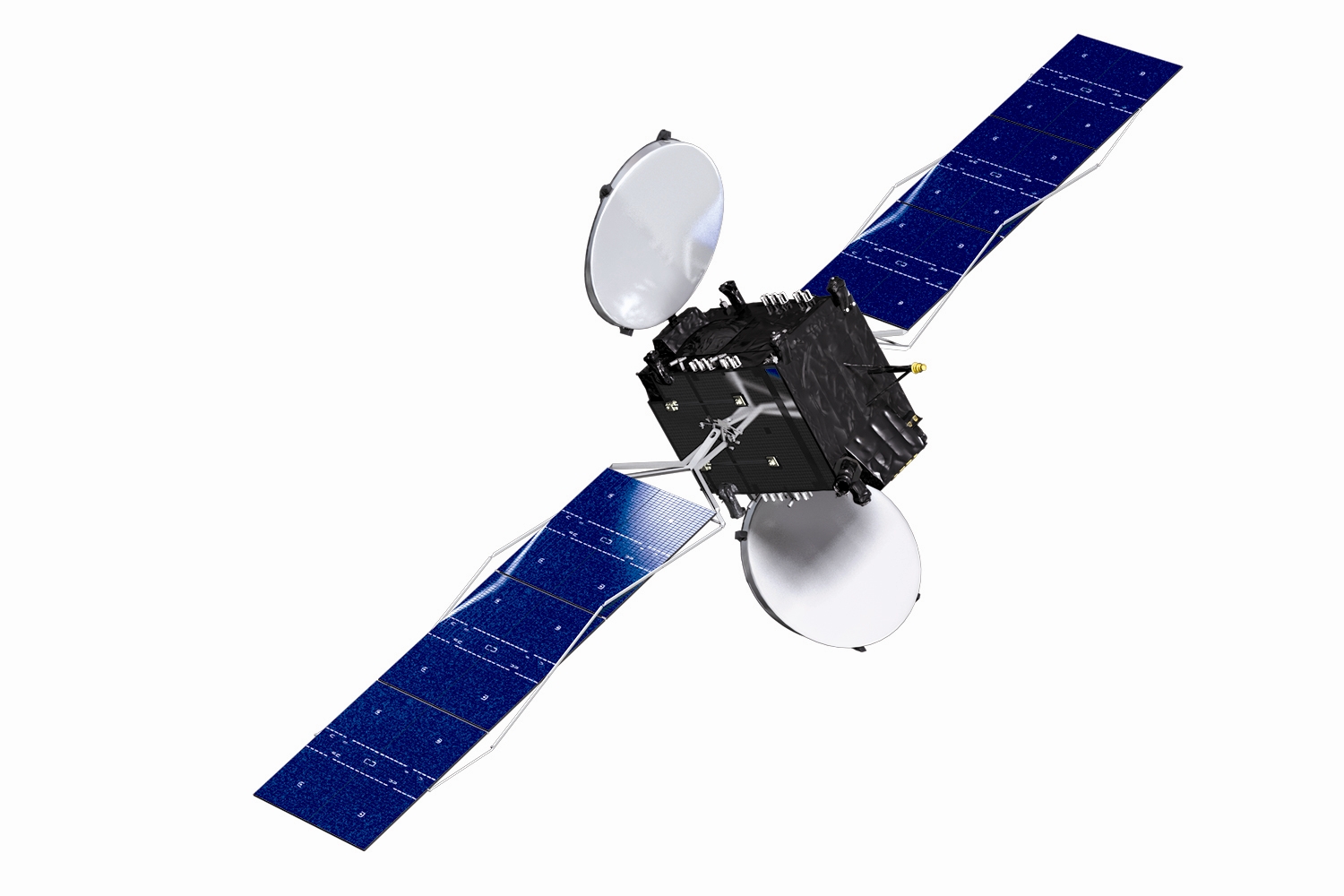|
|
|
Gravity is a force. Mass is a measure of how much “stuff” inside an object.
Weight is a measure of the force of gravity acting on a mass.
On Earth a 1kg mass has a weight of 10N On the Moon the same 1kg mass has a weight of 1.6N This is because the Moon is smaller than the Earth so has a smaller gravitational pull. This means that things fall more slowly. also as there is no air, air resistance is not a factor in how fast an object falls.
Eclipses occur when either:- The Moon gets directly between the Sun and the Earth, a solar eclipse (because the sun is blocked out). The Earth gets directly between the Sun and the Moon, a lunar eclipse (because the Earth gets between the sun and the Moon.
Remember that these objects are 3 dimensional so showing them on a piece of paper can be difficult. lunar eclipses do not occur once a month at the height of every full moon.
These videos hopefully sums up why we get seasons.
the first manned US space program was called Gemini as the capsule held 2 astronauts. this was in preparation for the Apollo missions. this lead to Apollo 11 and the landing on the Moon.
The Shuttle Program (Videos 10, 11) In recent years the Shuttle program has sent men and women into space to do research and to build the International Space Station ISS Zarya.
A unit on space would not be complete without these two sections
The Moon orbits the Earth approximately once every 28 days. it also spins on its own axis approximately once every 28 days. As a result we always see the same side of the Moon.
we get tides as a direct result of the gravitational pull of the Moon and to a lesser extent, the Sun. When the moon and sun pull the Earth along the same axis we get spring tides. When they pull along axes that are at right angles to each other then we get neap tides. Satellites We have many satellites orbiting the Earth. The only natural satellite is the Moon. Other artificial satellites are put in orbit for a variety of purposes. The can be put in a low orbit (100 miles up) to take detailed photos for geological surveys or managing disasters. Satellites in higher orbits are used for communications and sky tv. 24000 miles up the gps satellite net provides accurate global positioning information. You can track some of the satellites here.
These 2 videos give some information about the sun. Although not strictly on the syllabus it will help you to understand the how the solar system goes.
The Transit of Venus (Videos 16, 17) On 6th June 2012 there occurred a very rare astronomical phenomenon that will almost certainly not happen again in our lifetimes. It is the transit of Venus. This was used by astronomers over the last few centuries to work out how far away the sun is and the size of our solar system. These two videos were produced by NASA.
The solar system and beyond!
|
|||
| [index] [Year 7] [Density] [Energy] [Heat] [Energy resources] [Space] [Light] [Sound] [Speed] [Revision Year 7] [Year 8] [POST EXAM WORK] [Theatre] [Science Links] | ||||
